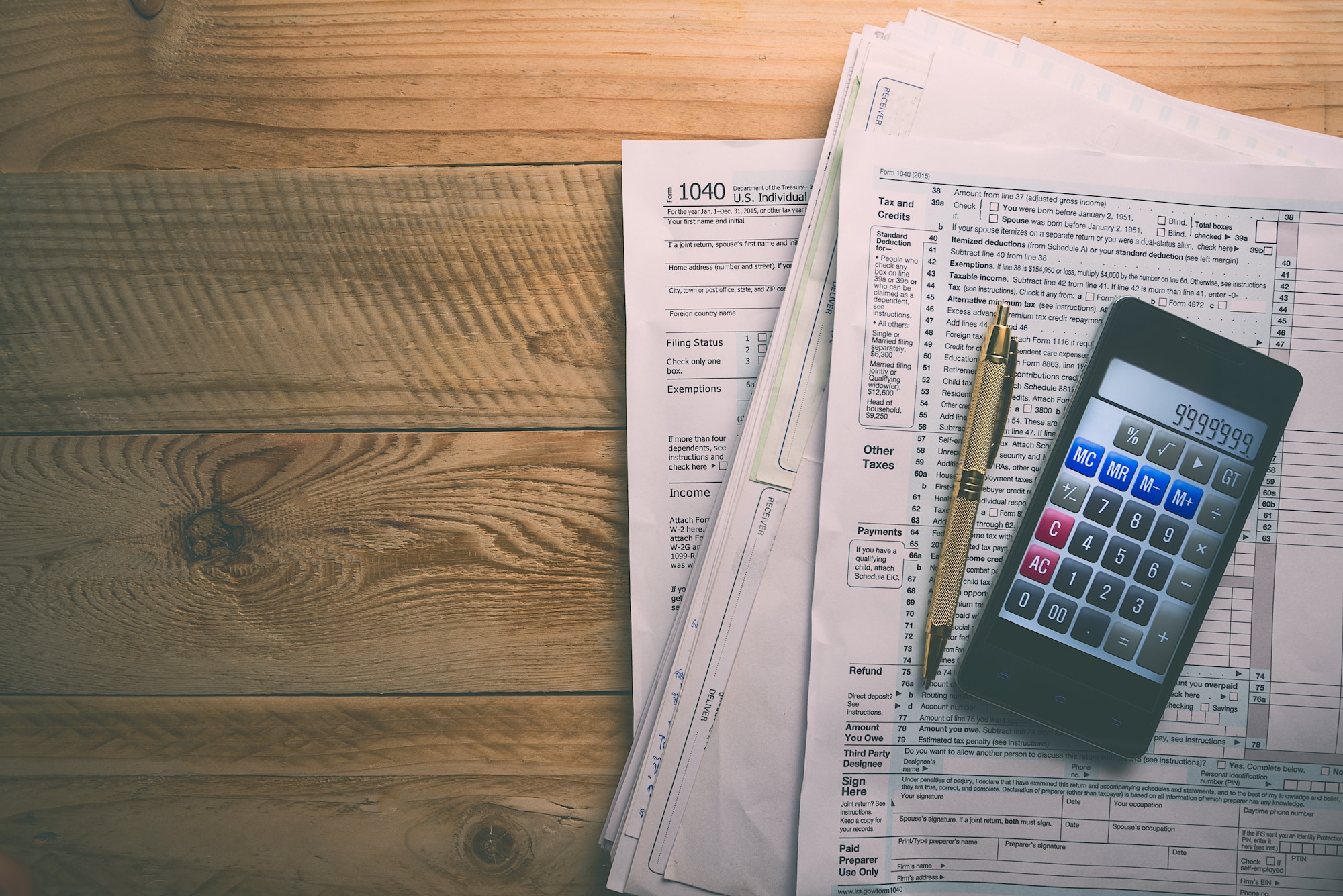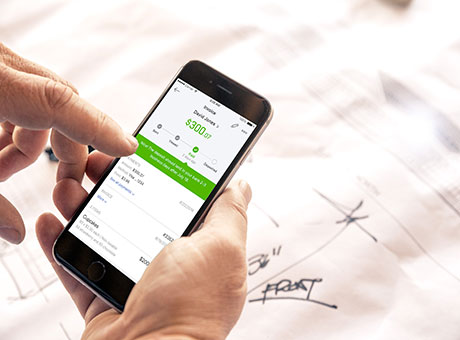Self-employed individuals typically have income that fluctuates between one month and the next. On months when you run short, it sometimes proves challenging to sock away money for your retirement. Fortunately, the Canada Revenue Agency (CRA) makes it easier with several savings plans that help you save up for your golden years. These include the government-operated Old Age Security Program (OAS), Guaranteed Income Supplement (GIS) program, and Canada Pension Plan (CPP) plus optional registered retirement savings plans (RRSP) and tax-free savings accounts (TFSA),

Self-Employed Retirement: Old Age Security, Savings Plans, and Pensions
The Old Age Security (OAS) Program
The OAS pension program operated by the Canadian government becomes available to residents once they reach age 65. As such, the program adjusts payments every three months to account for cost-of-living increases. To be eligible for the OAS, you must be a Canadian citizen or a legal resident. Also, you need to live in Canada for at least 10 years after you turn 18. If you live outside of Canada, you must show you lived in the country for at least 20 years since the age of 18.
Additionally, you can defer your OAS payments for up to 5 years. The advantage of doing this is that the program bumps up your income by 0.6% for every month you defer to a maximum of 36%. This works well if you still work and don’t immediately need this extra source of retirement income. The downside? Deferring your OAS payments makes you ineligible for the GIS program designed to supplement OAS payments for those with low incomes. Further, it also makes your spouse ineligible for the Allowance benefit.
You don’t have to sign up for your OAS benefits. Instead, the government notifies you of your status by mail the month after you turn 64. To apply, you fill out the Application for the Old Age Security Pension form the government sends you. This form asks for your residence history, citizenship information, and direct deposit details. Keep in mind that you can receive OAS benefits even if you never held a job or if you currently work. However, if your income — either from a job or retirement plan — rises above a specific dollar amount, the government reclaims part of each payment through the OAS recovery tax.
The Guaranteed Income Supplement (GIS) Program
Low-income Canadian residents may be eligible for the GIS program . To receive this additional benefit, your annual income must fall below Canada’s maximum annual threshold. When you enroll in OAS, you automatically enroll in the GIS. Otherwise, you must apply by using the Application for the Guaranteed Income Supplement. The government reviews the eligibility for each senior annually.
The Canada Pension Plan (CPP)
The CPP bases your benefits on your work history, because income taxes fund the payments. As of 2021, all self-employed Canadians have a CPP contribution rate of 10.9% of any income between the $3,500 minimum and $61,600 maximum, while employees and employers split the contribution into two 5.45% parts. In 2022, the required contribution rises to 11.4% for the self-employed and 5.70% for employees and employers. This contribution counts on incomes amounts between the $3,500 minimum and $64,900 maximum.
CPP payments usually start at age 65, but you can begin as early as 60 if you take a reduction in your monthly check. If you wait until age 70, you can enjoy a percentage-based boost in income for every month that you wait. Note that you can still work even after you start receiving your CPP. No matter which option you choose, you must apply through Service Canada. As of April 2022, CPP payments average $727.61 with maximum payments of $1,253.59. To minimize the impact of unemployment on your average income, the government automatically drops your lowest-earning months when they calculate your benefits. If you live in Quebec, you pay into the QPP.
Private Pension Plans
As a small business owner, you know you need to take any additional retirement funding into your own hands. Unlike employees, who can take advantage of employer-sponsored pension plans, you might want to explore options such as the TFSAs and RRSPs. These private retirement savings plan options not only help you save for retirement, they also reduce your taxable income . For instance, when you put money in a TFSA, you don’t have to pay taxes on that amount and you withdraw it tax-free as well. The RRSP allows you to contribute a portion of your earnings that grow tax-free until you need to access the funds. At that point, you pay taxes on the distributions you take from the plan, but ideally, you sit in a lower tax bracket than when you owned your business.
To maximize your retirement savings, you should fund your TFSA and RRSP early and often, maximizing contributions when possible.Both TFSA and RRSP contributions have annual limits, however. In 2021, the maximum contribution for TFSAs sits at $6,000, while the maximum RRSP contribution sits at $27,830.
Alternative Retirement Funding Strategies
If you’re fortunate enough to max out your TFSA and RRSP contributions, alternative retirement funding strategies exist that let you get some additional tax relief and increase savings amounts. Labour-sponsored funds provide more capacity to save for retirement. In Ottawa, eligible investments qualify for a 15% tax credit, up to a total of $750. You have to balance tax credits with poor performance in these funds, some of which could tie your money up for eight years. Hefty fees and penalties apply to withdrawals made prior to these lock-in periods. You may also want to consider liquidating some investments to adds funds to your TFSA or borrowing money to maximize your RRSP contributions. In a low-interest-rate environment, you can take loans at 3% interest, while RRSP funds may earn market-based returns of 8% on average, for a 5% net rate of rate before taxes.
Financial advisors can map out retirement planning options for you if you’re uncomfortable handling it yourself. Just don’t delay those plans as the cost of waiting may extend your working years beyond the age when you plan to retire. As a small business owner, planning for your future requires a positive cash flow and profits in the present. QuickBooks Self-Employed accounting app helps freelancers, contractors, and sole proprietors track and manage their businesses on the go. Download the app.


